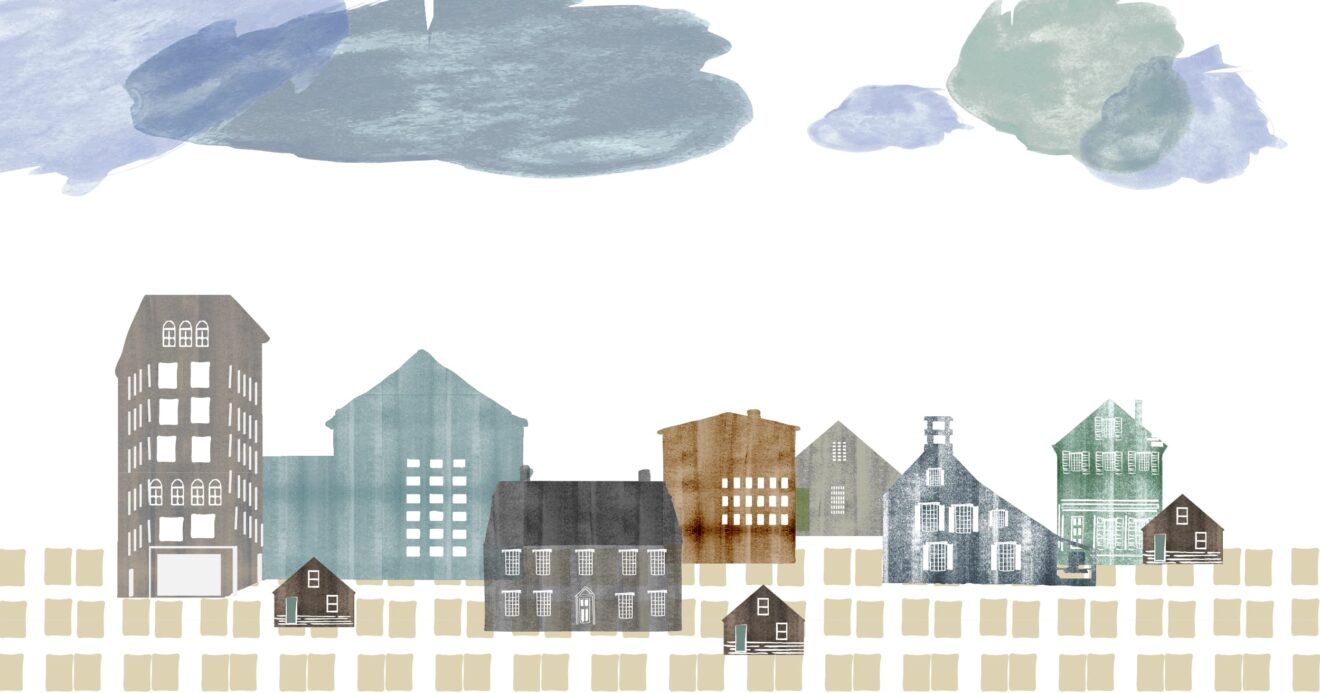To the Editor:
If you drive through Southport’s Mill Hill neighborhood in Fairfield, you’ll travel through a bucolic and serene neighborhood that serves as a gateway to Greenfield Hill. It’s a precious area of Fairfield that is slightly off the beaten path. Right now, the face of that community could drastically change with a possible sale of the beloved Berg property on 461 Mill Hill Road which is owned by the Episcopal Diocese of Connecticut. The Windcrest property was gifted to the organization in 1966 by Elizabeth Berg, to provide retired clergy and their families “living accommodations in pleasant surroundings with congenial company.” The 8.6-acre property is zoned AA, single-family homes on one acre. In addition to the Berg residence, the diocese built two more houses on the land over the years. While there are many options for the land such as selling it to a developer at the highest price, like the neighbors who live there and know the land well, I believe there is a better way and a method that meets the needs of our entire community.
Dioceseian leadership has said it is considering ‘four priorities’ in connection with the sale of the property: maximizing church assets, conserving land, creating affordable housing, and serving as a steward of the relationship between the Southport community and its local parish, Trinity Episcopal Church. It has been purported that the property has been eyed by a local developer who wants to use the property for affordable housing units, possibly as many as dozens of units.
As we know all too well in Fairfield, state law, Section 8-30g, a developer can circumvent local zoning regulations if it were to propose a project where at least 30 percent of its units fall under the state’s definition for affordable housing. The law applies to towns where less than 10 percent of total housing stock meets state criteria for affordability. Unfortunately, 8-30g and other state mandates can impose developments that are greatly out of scale with the local area. As a superior Court Judge once said in another unrelated 8-30g case, “in reality, not every project site will support every affordable housing project.”
This beautiful piece of property on Mill Hill provides significant habitat for wildlife, is close to the Mill River greenway and other open space areas, and acts as a migratory stopover for many bird species. It’s also an example of the rural roots of Fairfield, and it is worthy of preservation.
As I run for Town Plan & Zoning Commission this fall and I talk to voters, one common thread in our conversations is the need for more open space and more land preservation.
What to do? We need to work to a compromise and agree on a middle road that will achieve the goals of the Town, the neighborhood, land preservation, affordable housing advocates, and the Diocese. All stakeholders should come to the table and hammer out a resolution all sides can be satisfied with. With a property of this size, the goals of helping provide affordable housing while maintaining what our precious natural resources can both be achieved by parties willing to compromise.
One possible resolution could be a land sharing arrangement such as one-third of the property could be used for a development of cottage clusters for senior affordable housing if not by a private developer, then perhaps by the Town itself. The style and scale could be agreed upon by all parties to blend into the local community. This style of homes are usually 800-1200 square feet and are clustered around a common area for the residents to gather, garden and enjoy the outdoors.
We need to do more for our Seniors who, after a lifetime investing in our Town are unable to afford to remain here and age in place. This possible solution would do just that and also honor the original intent of Elizabeth Berg who bequeathed the land to provide homes for the elderly.
The remaining two-thirds of the property could be preserved for natural open space, maintained by the Conservation Department or a land trust for optimal wildlife and flood control value. Some combination of the Town, neighborhoods, land trusts and a developer would have to work out the financials to the benefit of the Diocese. The Diocese would then be able to leave a legacy that will benefit the Town and its residents in perpetuity.
We have to remember what we do with land is permanent – and once land is changed, it is changed forever. The initial intent of the Berg bequest of this valuable land was to create a place where retired clergy could reside in a lovely rural area. By working out a compromise it is possible the broad intent of that bequest could still be achieved.
Land is becoming more scarce and we carve up the remaining natural open space at our ecological peril. We must explore ways to satisfy all sides of the land use debate, rather than impose an out of scale, unwanted intrusion that would permanently degrade a beautiful part of the Town. With willing stakeholders and a commitment to work out a resolution, we can create a solution to be proud of.
Alexis Harrison
Fairfield, CT
Town Plan & Zoning Commission Candidate

